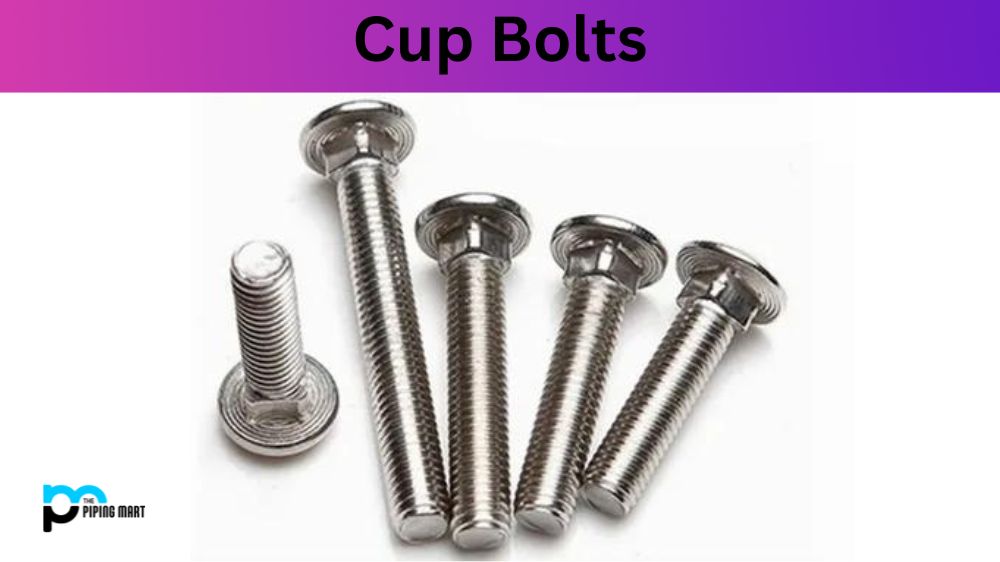Geogrid is a geosynthetic material used widely in civil engineering and construction projects to reinforce soils and improve structural stability. Its unique structure, which consists of a grid-like pattern, allows it to distribute loads evenly, enhance soil strength, and reduce settlement. This article delves into the key aspects of geogrid, its applications, and how it integrates with other tools and materials, such as wrenches, to achieve optimal results in construction and engineering.
What is a geogrid, and how does it work?
Geogrid is a type of geosynthetic material that is used to stabilize soil and other materials in construction projects. It is made from materials such as polyester, polypropylene, or fiberglass and features a grid-like structure. This structure allows it to interact with the soil, creating a reinforced layer that helps distribute loads and prevent soil deformation. The geogrid works by interlocking with the soil particles, providing additional strength and stability to the ground.

What are the primary applications of geogrid?
Geogrid is used in various construction applications, including:
- Road Construction: To reinforce roadbeds and prevent cracking and deformation.
- Retaining Walls: To enhance the stability of retaining walls and reduce the risk of collapse.
- Pavement Design: To improve the lifespan and durability of pavement structures.
- Landfills: To provide additional support and stability in landfill construction.
Each of these applications benefits from geogrid’s ability to distribute loads and prevent soil movement.
How is geogrid installed, and what tools are needed?
The installation of geogrid involves several steps:
- Site Preparation: The area where the geogrid will be installed must be prepared by leveling and compacting the soil.
- Placement: The geogrid is laid out in the designated area, with attention to alignment and overlap.
- Anchoring: The geogrid is secured using anchors or stakes to prevent shifting.
- Covering: Soil or other materials are placed over the geogrid to integrate it into the structure.
During installation, tools such as wrenches are used to secure anchors and other fastening components. A wrench is particularly useful for tightening bolts and ensuring that the geogrid remains in place throughout the construction process.
What are the benefits of using geogrid in construction projects?
Geogrid offers several benefits in construction projects, including:
- Enhanced Stability: By reinforcing soil and other materials, geogrid improves the overall stability of the structure.
- Load Distribution: It helps distribute loads evenly, reducing the risk of deformation and failure.
- Reduced Settlement: Geogrid minimizes the amount of settlement that occurs over time, extending the lifespan of the construction.
- Cost Efficiency: By improving the performance and durability of structures, geogrid can reduce maintenance and repair costs.
Geogrid is a versatile and essential material in modern construction and engineering. Its ability to reinforce soil, distribute loads, and improve stability makes it invaluable in various applications, from road construction to retaining walls. The installation of geogrid requires careful preparation and the use of tools such as wrenches to ensure proper placement and anchoring. By understanding the role of geogrid and its benefits, professionals can enhance the performance and longevity of their construction projects.
Tags: alen wrench, allen wrench strain, gear wrench ratchet, impact wrench amazon, what is an impact wrench